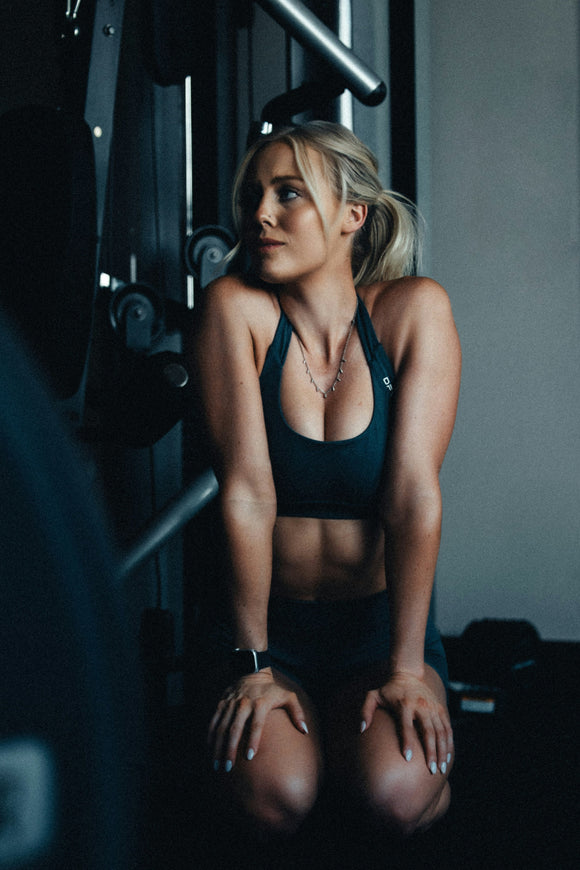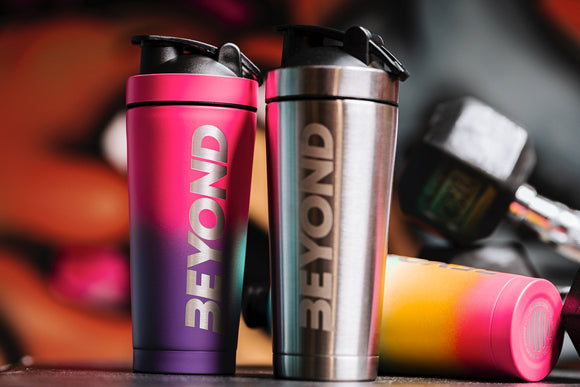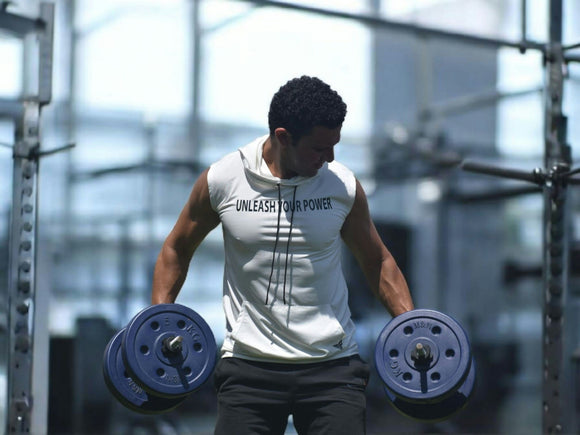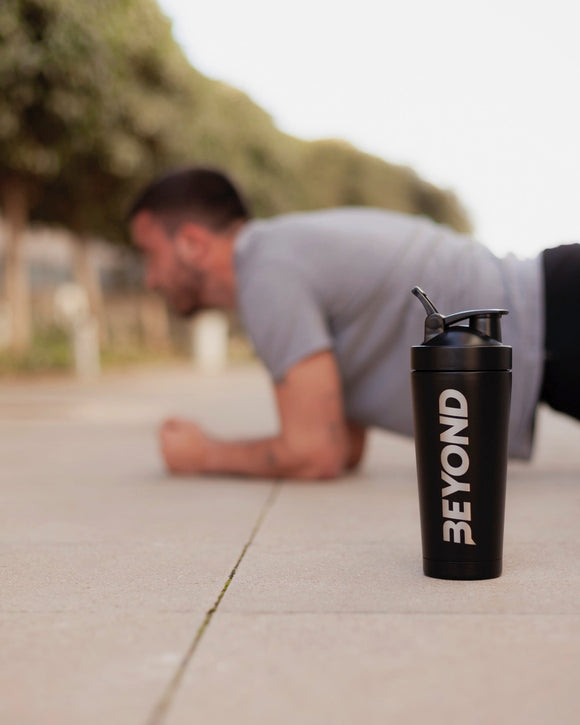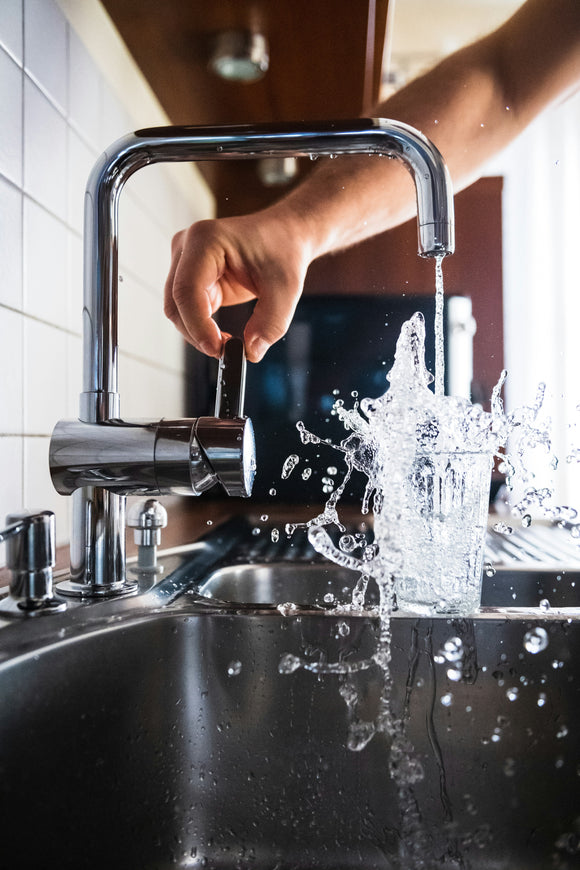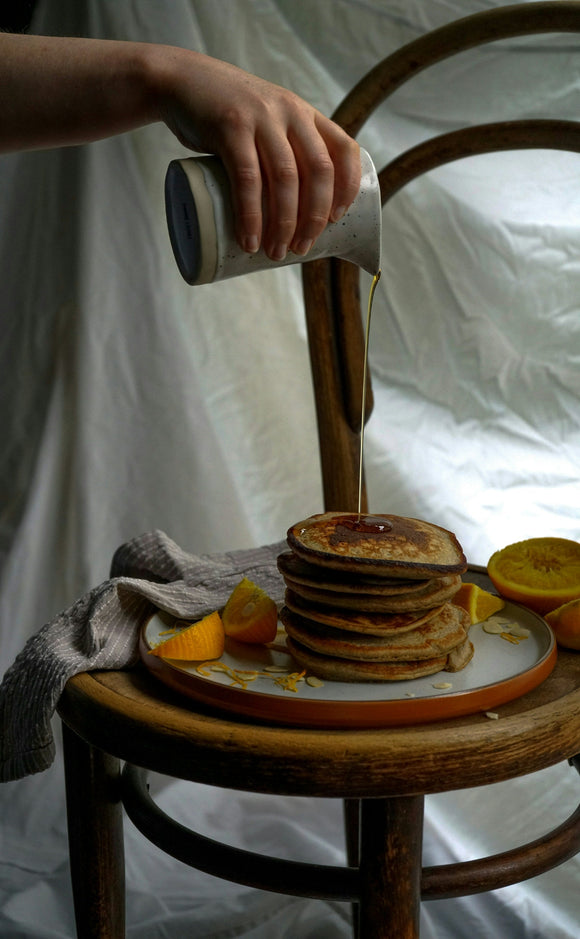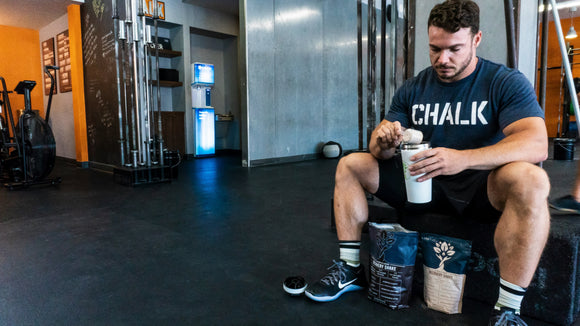-
Affordable vs. Premium Protein Shaker Bottles: Which One Is Worth It?
If you’re serious about your workouts, a good protein shaker bottle quickly becomes an essential piece of kit. But with so many options on the market, the choice between an affordable or premium shaker can...
-
BPA-Free vs Regular Protein Shaker Bottles: What You Need to Know
When it comes to protein shaker bottles, there’s more to consider than just size and style. One of the most important choices is whether to go for a BPA-free bottle or a standard one. Understanding...
-
Why Every Gym-Goer Needs a High-Quality Protein Shaker Bottle
If you’ve spent any time in a gym, you’ll know that recovery is just as important as the workout itself. A key part of that recovery? Making sure your body gets the nutrients it needs...
-
5 Protein Shaker Bottle Recipes for Post-Workout Recovery
After a tough workout, your body needs the right nutrients to recover, rebuild muscle, and replenish energy. A protein shake in a convenient shaker bottle is a simple and effective way to do this, especially...
-
Protein Shaker Bottles vs Blender Bottles: Which One Should You Use?
When it comes to mixing protein shakes, smoothies, or meal replacements, you’ve probably come across two main types of bottles: the classic shaker bottle and the blender bottle. Both get the job done, but they...
-
Why Double-Insulated Shakers Are Perfect for Autumn
As the leaves turn amber and mornings grow crisp, our drinks become more than just a way to quench thirst - they’re part of our comfort routine. Autumn is the perfect time to swap icy...
-
How to Choose the Right Protein Shaker Bottle for Your Fitness Goals
Choosing a protein shaker might sound simple, but anyone who’s owned a few knows they’re not all built the same. The right bottle can make your daily shake routine easier, cleaner and - importantly -...
-
Why Your Steel Protein Shaker Deserves a Moment of Respect
There’s something quietly heroic about a steel protein shaker. Sleek, sturdy, and shockingly loyal, it’s the unsung sidekick to early mornings, gym sessions, and those mid-afternoon “I need a pick-me-up” moments. Unlike flimsy plastic bottles...
-
The Forgotten Art of Drinking Water Like You Mean It
Somewhere between coffee-fuelled mornings and the endless scroll of emails, we’ve all forgotten a simple skill: drinking water properly. Not just taking a sip here and there, but really drinking it like you mean it....
-
What’s in Our Protein Shakers This Month?
As the days grow shorter and the mornings feel a little crisper, our shakers are reflecting the change from summer to autumn. Each month, we like to share what’s going into our shakers—whether it’s team...
-
Not Just for Protein: 7 Weird Things People Actually Use Shakers For
Protein shakers might have been designed for the gym crowd, but let’s be honest – they’ve become kitchen and lifestyle gadgets in their own right. Beyond mixing up a post-workout shake, people have found all...
-
Smooth, Chunky or Frothy? The Great Protein Shake Texture Debate
There’s a quiet divide in the world of protein shakes, and it doesn’t have much to do with flavour. It’s all about texture. Some people swear by the silky smooth finish of a well-mixed shake,...



